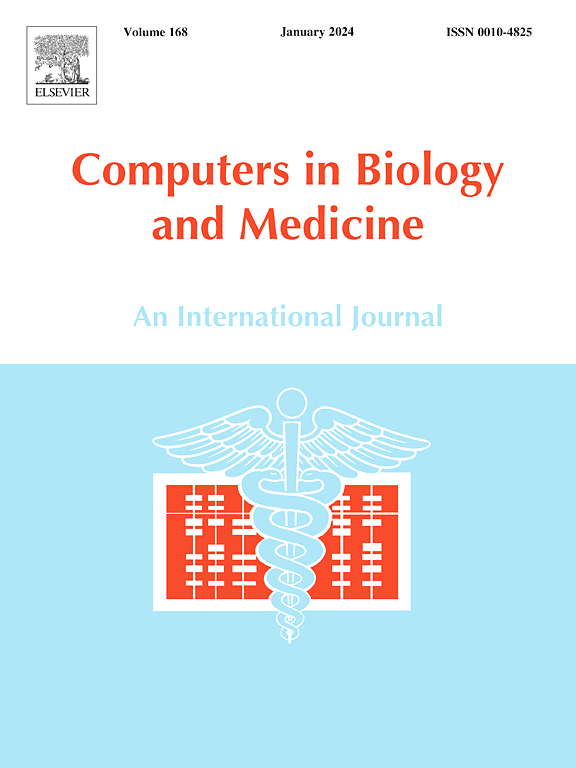Multimodal learning-based speech enhancement and separation, recent innovations, new horizons, challenges and real-world applications
IF 7
2区 医学
Q1 BIOLOGY
引用次数: 0
Abstract
With the increasing global prevalence of disabling hearing loss, speech enhancement technologies have become crucial for overcoming communication barriers and improving the quality of life for those affected. Multimodal learning has emerged as a powerful approach for speech enhancement and separation, integrating information from various sensory modalities such as audio signals, visual cues, and textual data. Despite substantial progress, challenges remain in synchronizing modalities, ensuring model robustness, and achieving scalability for real-time applications. This paper provides a comprehensive review of the latest advances in the most promising strategy, multimodal learning for speech enhancement and separation. We underscore the limitations of various methods in noisy and dynamic real-world environments and demonstrate how multimodal systems leverage complementary information from lip movements, text transcripts, and even brain signals to enhance performance. Critical deep learning architectures are covered, such as Transformers, Convolutional Neural Networks (CNNs), Graph Neural Networks (GNNs), and generative models like Variational Autoencoders (VAEs), Generative Adversarial Networks (GANs), and Diffusion Models. Various fusion strategies, including early and late fusion and attention mechanisms, are explored to address challenges in aligning and integrating multimodal inputs effectively. Furthermore, the paper explores important real-world applications in areas like automatic driver monitoring in autonomous vehicles, emotion recognition for mental health monitoring, augmented reality in interactive retail, smart surveillance for public safety, remote healthcare and telemedicine, and hearing assistive devices. Additionally, critical advanced procedures, comparisons, future challenges, and prospects are discussed to guide future research in multimodal learning for speech enhancement and separation, offering a roadmap for new horizons in this transformative field.
求助全文
约1分钟内获得全文
求助全文
来源期刊

Computers in biology and medicine
工程技术-工程:生物医学
CiteScore
11.70
自引率
10.40%
发文量
1086
审稿时长
74 days
期刊介绍:
Computers in Biology and Medicine is an international forum for sharing groundbreaking advancements in the use of computers in bioscience and medicine. This journal serves as a medium for communicating essential research, instruction, ideas, and information regarding the rapidly evolving field of computer applications in these domains. By encouraging the exchange of knowledge, we aim to facilitate progress and innovation in the utilization of computers in biology and medicine.
 求助内容:
求助内容: 应助结果提醒方式:
应助结果提醒方式:


